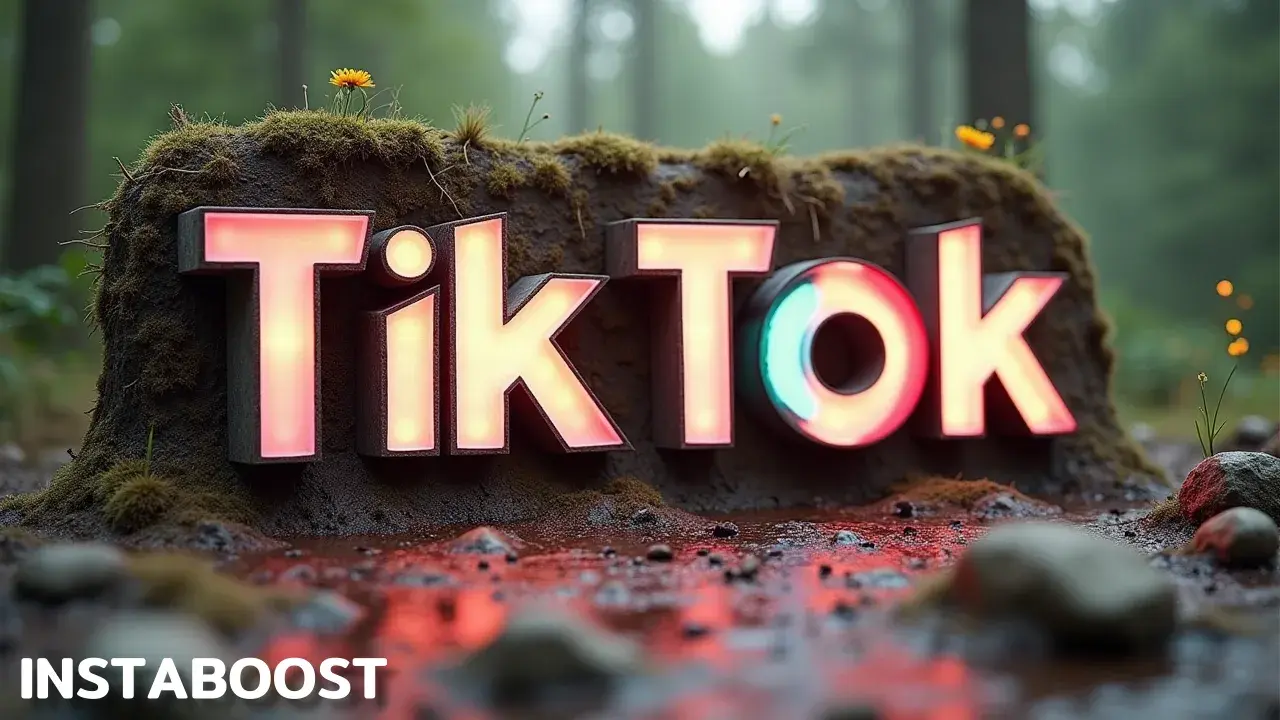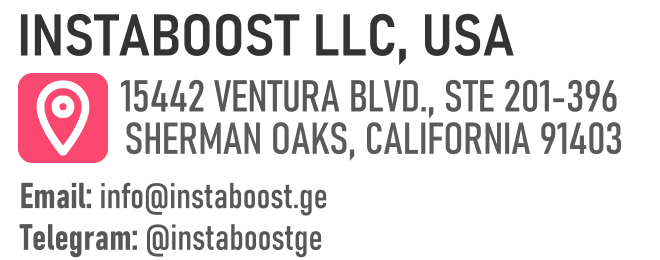What Is the Minimum Age for TikTok Worldwide?
The minimum age for TikTok worldwide establishes a clear baseline for safer participation and healthier engagement. This clarity helps teams align policies, guides creators to tailor tone, and informs parents, which can support better comment quality in the first hour after posting. Understanding thresholds also relates to broader eligibility ideas like meeting creator program requirements with clean accounts and steady engagement. The smart path is to align behavior and timing with stated criteria to sustain growth.
Why Age Rules Matter Before You Hit “Post”
The phrase “minimum age for TikTok” sounds like paperwork, but it’s really how the app sets your experience, eligibility, and path to growth. Age gates determine which version of TikTok you see, what data the platform can use, and which monetization or creator programs you can join later without messy resets. If you’re a parent or a brand, it’s more than compliance. It’s how you set safeguards and signal trust early.
For creators, matching your stated age to your real stage of content and audience is a growth strategy, not just a formality. Underage accounts set as older often run into friction when features shift, LIVE access tightens, or payouts pause because verification fails right when momentum builds.
For creators, matching your stated age to your real stage of content and audience is a growth strategy, not just a formality. Underage accounts set as older often run into friction when features shift, LIVE access tightens, or payouts pause because verification fails right when momentum builds.
Users who onboard cleanly tend to get matched recommendations, age-appropriate features, and steadier engagement that lasts. This is where smart setup matters. Pair accurate age settings with simple guardrails like screen time tools, content filters, and light moderation to protect early momentum and long-term eligibility.
If you’re running targeted promotion or testing creator collabs, confirming age compliance upfront keeps analytics clean and retention signals readable in the first hour after posting, the same way you’d sanity-check paid settings before you boost your TikTok profile to avoid skewed results. We’ll map the baseline minimums worldwide, where they differ, and how regional rules affect messaging, LIVE, and monetization. The takeaway is simple. Set age correctly at setup to avoid the silent friction that blunts reach just as your content starts to perform.
If you’re running targeted promotion or testing creator collabs, confirming age compliance upfront keeps analytics clean and retention signals readable in the first hour after posting, the same way you’d sanity-check paid settings before you boost your TikTok profile to avoid skewed results. We’ll map the baseline minimums worldwide, where they differ, and how regional rules affect messaging, LIVE, and monetization. The takeaway is simple. Set age correctly at setup to avoid the silent friction that blunts reach just as your content starts to perform.

Why Credible Ages Build Trust With Viewers and Brands
Most creators overlook this, but this is where the real shift starts. When you understand the minimum age for TikTok by region, you’re not just following a rule – you’re anchoring credibility with the people and platforms that shape your reach. Viewers tend to trust accounts that fit the app’s age framework. Teen accounts feel safer to parents and schools, adult accounts read as accountable to sponsors, and brand accounts align with policy teams that gate paid promotions. That credibility shows up in the metrics that matter – clean analytics, stronger retention signals in the first 5 seconds, and real comments that feed the For You algorithm.
It also lowers the reset penalty later when you join creator monetization, TikTok Shop, or the Creator Fund requirements, because your account history stays intact and policy-aligned. If you’re a parent, age-accurate accounts make Family Pairing and reporting tools work as designed, and if you add reputable safety software, you get clearer visibility without throttling a teen’s growth. If you’re a brand, verifying creator ages through a qualified marketplace cuts risk and can lift conversion on targeted promotion, since content and disclosures match audience expectations, and even those tempted to chase vanity metrics via services like order tiktok followers end up seeing that long-term trust hinges on eligibility and compliance.
And for rising creators, aligning your stated age with your niche and collab targets helps you land creator partnerships that pass compliance review, which is often where deals stall. The smart play isn’t to game the gate – it’s to use it. Set the right category early, keep a clean account with no age edits unless required, and build a testing loop that tracks how audience age bands affect watch time and saves. That’s how you earn durable trust and unlock growth without messy backtracking.
Age-Smart Growth: A Playbook for Creators, Parents, and Brands
Every strategy should survive a bad week. Treat TikTok’s minimum age as the constraint that sharpens your plan, not a hurdle that blocks it. Start by setting your region and age correctly so you land in the right experience from day one – that protects retention signals and keeps early momentum from stalling. If you’re a creator, match your tone and calls to action to the app version you actually use. Teen accounts prioritize safety features, so lean into useful, non-personal prompts that earn real comments and save-worthy posts. For brands, segment briefs by audience age and work with creators whose declared age unlocks the features your campaign needs.
Qualified partners, targeted promotion, and clean analytics beat broad blasts every time. Parents can pair supervised accounts with a simple testing loop. Review first-hour comments and watch time to spot posts that invite healthy interaction, not empty spikes. Planning around regional age thresholds also sets you up for future eligibility – creator marketplace access, live features, and monetization work when your account history is credible and consistent. If you choose accelerants like ads or trial promo credits, stick to reputable placements and measure uplift against retention, not just views, so spend amplifies what already works, and treat external boosts – whether organic shoutouts or services people mention like tiktok likes delivery – as noise unless they map to your retention and saves.
Keep a short list of safeguards – comment filters, duet limits, and weekly analytics checks – so one off day doesn’t derail the account. The quiet advantage is real: age-accurate accounts tend to attract better brand inquiries because their data is trusted, which lifts discoverability and long-term partnerships without flashy hacks. Search term to explore next: TikTok Creator Fund requirements by region.
Stop Treating Age Rules as PR Optics
It made sense on paper. Then life stepped in. You set your region, hit the minimum age for TikTok, and expected momentum – until your analytics got noisy, comments drifted off-topic, and brand replies slowed. Here’s the pushback: age alignment isn’t a checkbox. It’s a system constraint that tunes the experience the algorithm delivers, and the creators who internalize that tend to maximize tiktok reach by matching tone, CTAs, and asks to the exact track their account is on. If your declared age and locale put you on a teen-leaning track while your tone, CTAs, and collaboration asks read 21+, you create a mismatch that suppresses retention signals in the first 10 seconds and drags down session depth.
Viewers feel the dissonance, brands see it in vetting, and paid boosts work when fit and targeting are right, not when the fundamentals are off. The smart path is to anchor your content, moderation settings, and posting windows to the exact experience your account unlocks, then iterate inside that lane. Qualified promotion and creator collabs perform when they’re matched to age-appropriate interests and your comments are real, timely, and clean enough for partners to re-share without extra legal review. Parents and teams can set safeguards that don’t strangle discovery – keep DMs scoped, filter keywords, and use reputable analytics to read audience cohorts accurately.
If you’re eyeing monetization like the Creator Fund or TikTok Shop, aligning age and region early keeps your account clean, which shortens reviews and avoids resets that wipe early momentum. The non-obvious upside is that precise age compliance improves brand safety scores, which quietly unlocks better placements and higher bid tolerance in targeted promotion. Translation: credibility compounds – first in comment quality, then in reach, then in revenue.
Turn Compliance Into Compound Advantage
If you’re still thinking it through, good – that’s where this works. Treat the minimum age for TikTok as a design input, not a gate, and you turn compliance into compounding reach. Start with a clean account: correct region, accurate birthdate, and content that matches the experience you’re actually in. That alignment protects retention signals in the first 10 seconds and keeps session depth growing instead of wobbling. From there, tune your asks. If your track leans teen, anchor CTAs to saves, shares, and simple comment prompts.
On 18+ tracks, layer in newsletter signups, creator collabs, and qualified targeted promotion matched to intent. Parents can keep supervision tools on without clipping discovery – use them to maintain clean analytics and real comments rather than silencing signals. Brands win by partnering with creators whose declared age, audience mix, and tone already match campaign guardrails. It shortens approvals and steadies performance volatility. If you’re eyeing accelerants – ads, trials, or buying exposure – favor reputable providers that measure quality like view duration and meaningful comments over raw counts, which makes sense alongside ecosystem tweaks such as TikTok shares to increase visibility when they reinforce fit instead of masking it.
Here’s the non-obvious bit: age accuracy is a hidden eligibility gate. Programs like the TikTok Creator Fund, shopping features, and certain live tools hinge on compliance history and clean data. Fudging the basics blocks you later, even if top-line views look fine now. Build a simple testing loop: publish for the track you’re on, watch first-hour retention and comment clarity, iterate tone and pacing, then scale with creators who mirror your audience’s declared age and locale. Do that, and the minimum age stops being a ceiling – it becomes a calibration point that keeps growth sustainable and your “what is the minimum age for TikTok” research paying dividends beyond the signup screen.















